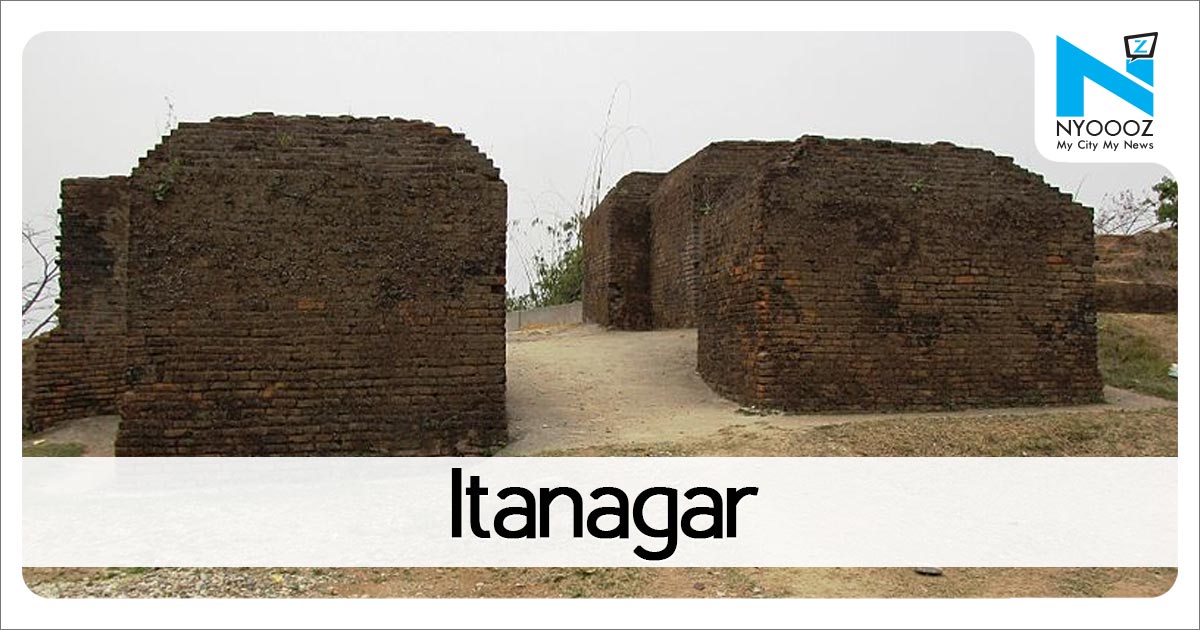
Itanagar, Oct 17 (PTI) The Eagle Nest Wildlife Sanctuary in Arunachal Pradesh is considered a bird watchers’ paradise because of the abundance of winged creatures – various types of babblers, warblers, flycatchers, woodpeckers and others – but it has no eagles.Eagle as a bird species is not available in this forest located in West Kameng district of the northeastern state bordering China.But local people had watched personnel of the 4th Infantry Division of the Indian Army, also known as the ‘Red Eagle division’ due to its insignia, advance in the area during the Chinese aggression in 1962.“The Red Eagle Division was deployed in the Kameng Sector during the 1962 war. Members of local tribes such as Sherdukpen, Bugun and Monpa were then isolated from the modern civilisation and had low literacy rates.“As the army men passed by their houses and fields, they could only identify them with their formation sign – the Red Eagle. The insignia was worn by all the troops as arm patches and it was also painted on their equipment and vehicles,” Brig (Retd) Sundar Prasad who served the Army division later told PTI.The association of this insignia got imprinted in the memory of the local population and, in the times to come, they named a pass ‘Eagle Nest’ after it, and the area was notified as Eagle Nest Wildlife Sanctuary in 1989. The pass is within the sanctuary.“Here lies the mystery of the name Eagle Nest,” said Brig Prasad who now lives in Guwahati.In those days of 1962, there was only one “barely existing road connectivity” between Tejpur in Assam to Tawang bordering China and that route was via Eagle Nest Pass, he said.It was the Tejpur-Misamari-Thelamara-Eagle Nest Pass -Tenga Valley-Bomdila-Tawang route that served as the axis of communication. Now there are other axes in the Kameng sector."The loss of the original axis due to disuse has also let the forest and mountain mists swallow the origin of the name, the Eagle Nest Sanctuary where the military eagles had dared the Chinese aggression," the retired Army officer said.He obliquely referred to the 1968 Hollywood war film "Where Eagles Dare".Former MLA of Thrizino-Buragaon in West Kameng district named one person who acted as a guide to take the Red Eagle Division troop to Tenga Valley through Eagle Nest Pass.“Sambrk Glow, who was the village head of Sinchung village, had shown the route to the army. He was taken to Shillong and Delhi in appreciation of his service,” he said.Sambrk Glow died in 1989.In 2017, the Bugun tribe declared over 17 square kilometres of their community land as the Sinchung Village Community reserve. This acts as the buffer to the core area of the Eagle Nest Wildlife Sanctuary.The villagers’ efforts won them the Indian Biodiversity Award in 2018 in the “Conservation of Wildlife Species” category conferred by the National Biodiversity Authority.“Now, ecotourism has come up in a big way. This has resulted in increased employment potential. There are six local birding guides there,” Naresh Glow said.Bugun Liocichla (Liocichla Bugunorum), a critically-endangered passerine bird species, is found only in Eagle Nest Wildlife Sanctuary. The species is named after the local Bugun tribe. PTI COR UPL NN NN

If You Like This Story, Support NYOOOZ
Your support to NYOOOZ will help us to continue create and publish news for and from smaller cities, which also need equal voice as much as citizens living in bigger cities have through mainstream media organizations.
Stay updated with all the Latest Itanagar headlines here. For more exclusive & live news updates from all around India, stay connected with NYOOOZ.







